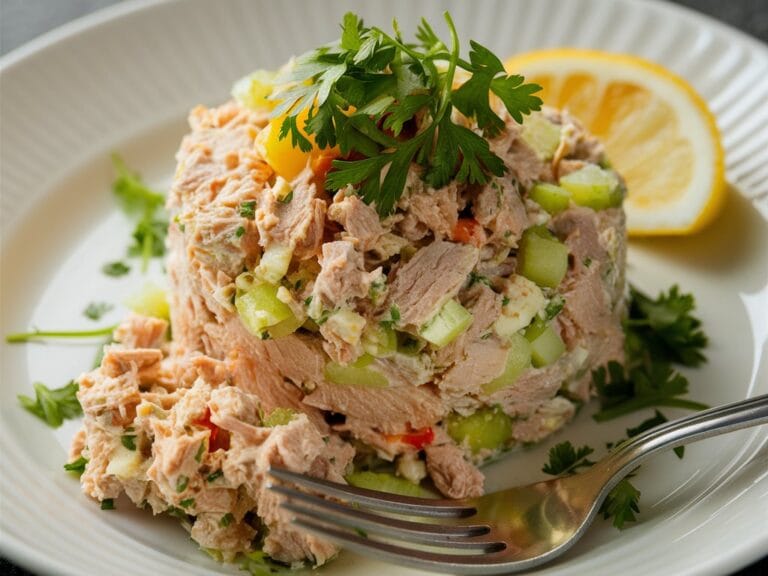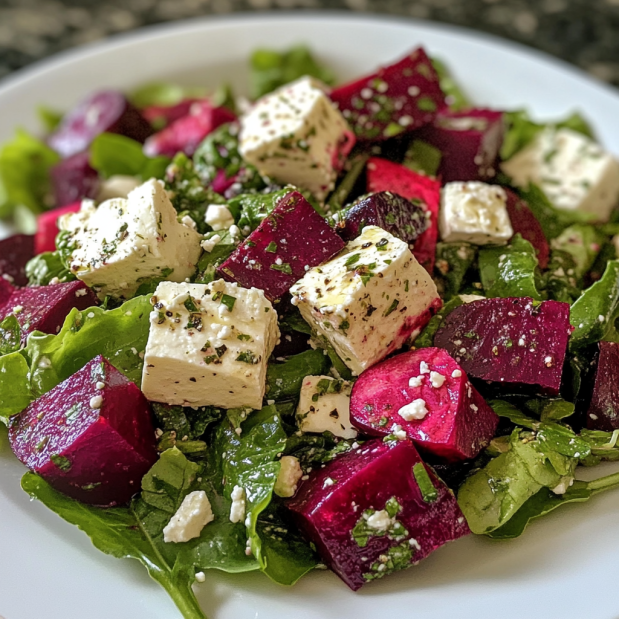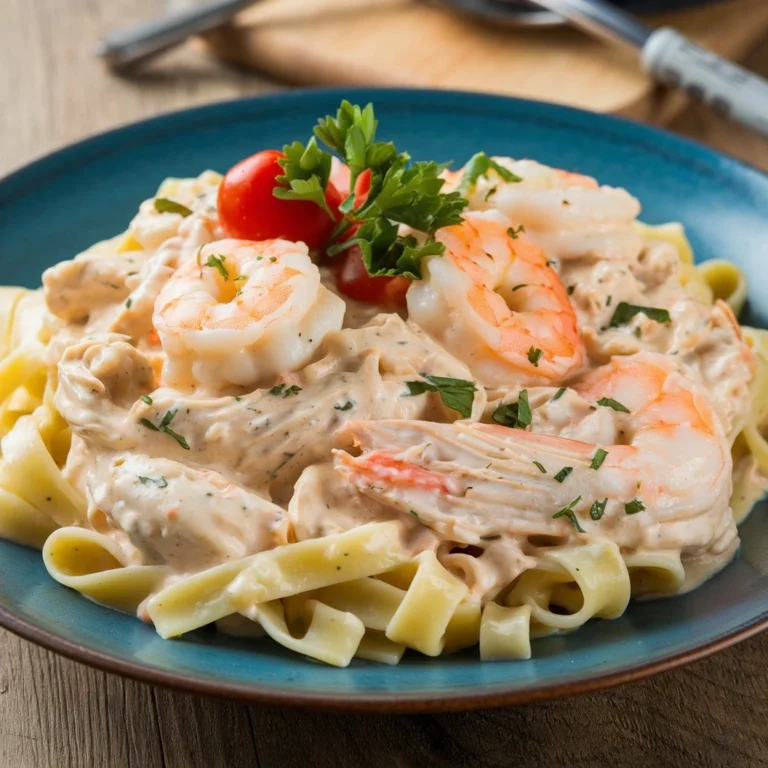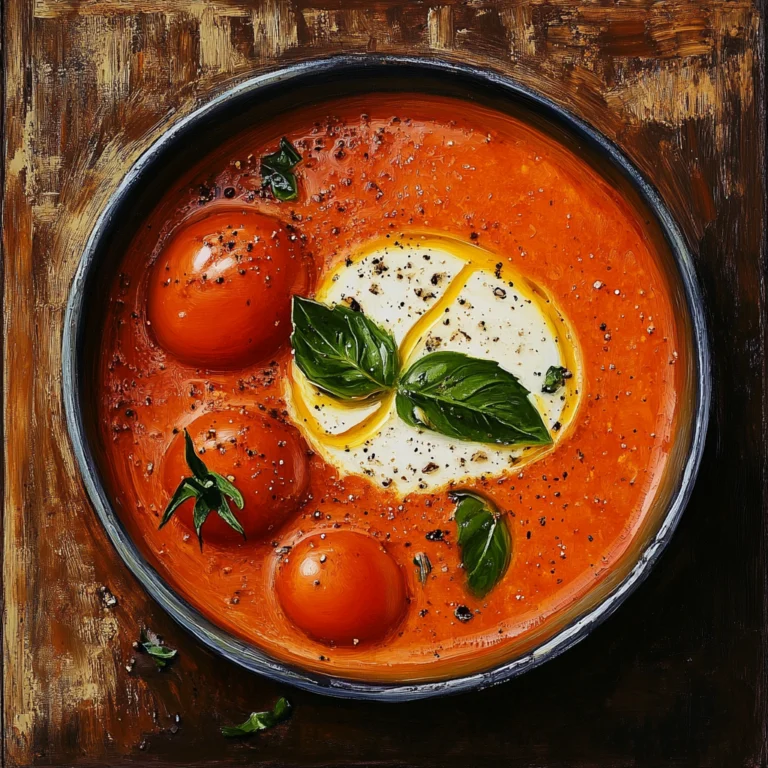The Ultimate Guide to smoke beef chuck roast: Techniques, Tips, and Delicious Results
smoke beef chuck roast meat is a beloved technique for bringing out the full flavor potential of various cuts. One cut that may not get as much attention as brisket or ribs but deserves a spotlight is the smoke beef chuck roast. Not only is smoking a beef chuck roast cost-effective, but it also results in an incredibly tender, flavorful piece of meat when done right.
In this guide, we’ll dive deep into every step of smoke beef chuck roast, from selecting the cut and preparing it to mastering smoking techniques and perfecting flavor combinations. This comprehensive guide will equip you with all the tools and knowledge needed to smoke beef chuck roast like a pro.
Why Smoke Beef Chuck Roast?
Cost-Effective and Flavorful
The beef chuck roast is perfect for smoking due to its marbling and rich flavor profile. Slow-cooked at a low temperature, it becomes tender and flavorful. Additionally, your choice of wood can significantly impact the flavor of your roast. For a deeper dive into selecting wood for smoking, this article on wood types for BBQ offers detailed insights into various wood flavors and pairings.
Perfect for Slow Cooking
The connective tissues in chuck roast make it ideal for smoking, as the long, slow process melts the collagen, creating an incredibly tender roast. The result is a melt-in-your-mouth texture and a rich flavor that pairs well with the smoky notes from your chosen wood.
Versatility in Pairings
From traditional BBQ sides like coleslaw and macaroni and cheese to more inventive dishes like grilled vegetables and savory bread puddings, smoked beef chuck roast pairs beautifully with a wide array of flavors. It’s also a versatile leftover, perfect for sandwiches, tacos, or even salads.
Choosing the Right Cut of Chuck Roast for Smoking
Understanding Marbling and Size
When selecting a beef chuck roast, look for one that has visible marbling. The marbling refers to the white streaks of fat running through the meat, which will render down during smoking, keeping the roast moist and flavorful. A 3-5 pound roast works well for most smokers and will cook evenly without taking an excessive amount of time.
Prime vs. Choice Cuts
While prime cuts are known for superior marbling and tenderness, choice cuts can also deliver fantastic results and are more affordable. If you find a prime chuck roast within your budget, it’s worth the splurge for a particularly tender end product. However, don’t shy away from choice cuts as they can also produce a delicious result.
Trimming the Fat
Trimming is an essential step when preparing a chuck roast for smoking. While it’s important to leave some fat on for flavor and moisture, removing excess fat will help the seasonings penetrate the meat more effectively. Aim to leave a thin layer of fat, about 1/8 inch, which will render down and contribute to the roast’s overall juiciness.
Preparing the Chuck Roast: Brining, Seasoning, and Marinating
Brining: Enhancing Flavor and Moisture
- Dry Brining: A simple method of enhancing flavor involves rubbing the roast with kosher salt and letting it sit in the fridge overnight. This draws moisture out of the roast initially, then reabsorbs it, locking in flavor.
- Wet Brining: For additional flavor, consider a wet brine that includes water, salt, sugar, and optional aromatics like garlic, thyme, and peppercorns. Submerge the roast in the brine for 4-12 hours, depending on the roast size.
Seasoning the Chuck Roast
The seasoning is where you can get creative. Here are a few seasoning blends you can try:
- Classic BBQ Rub: Salt, pepper, garlic powder, onion powder, paprika, and brown sugar for a slightly sweet, savory flavor.
- Herb Rub: Rosemary, thyme, garlic powder, black pepper, and salt for a more herbaceous profile.
- Spicy Rub: Cayenne pepper, smoked paprika, chili powder, black pepper, and garlic powder for those who enjoy a bit of heat.
Injecting for Deeper Flavor
For an even deeper flavor, you can inject the roast with a marinade. A mixture of beef broth, Worcestershire sauce, and garlic can be injected into various parts of the roast, infusing the interior with flavor. Make sure to inject the marinade evenly across the roast for consistent taste.
Setting Up Your Smoker for Success
Choosing the Right Wood
Your choice of wood will directly affect the flavor profile of your smoked beef chuck roast. Here are some popular options:
- Hickory: Strong, smoky flavor that pairs well with beef.
- Oak: Offers a medium, balanced smoke that complements the natural beef flavor.
- Mesquite: A bold, earthy flavor that’s best for shorter smoking sessions.
- Fruitwoods (e.g., Apple, Cherry): Lighter, sweeter smoke that can add subtle notes to the roast.
Temperature and Smoke Management
For smoking beef chuck roast, maintain a temperature of 225°F. Smoking at this low temperature ensures the roast cooks slowly, allowing the connective tissues to break down and the fat to render.
- Preheating: Let your smoker preheat to 225°F before adding the roast.
- Monitoring Smoke Levels: Thin blue smoke is ideal for smoking. If the smoke is thick and white, it can impart a bitter flavor to the meat.
- Adding Wood Chips: Add wood chips every hour or so, depending on the smoker type, to maintain consistent smoke levels.
Whether you’re using an electric or charcoal smoker, keeping the temperature consistent is crucial for a successful smoke. For those who need a refresher on smoking techniques, AmazingRibs.com has a comprehensive guide on smoker setups and tips to maintain temperature, which can help optimize your smoking experience.
Smoking Beef Chuck Roast: Step-by-Step Instructions
Step 1: Place the Roast on the Smoker
Once your smoker is preheated, place the seasoned chuck roast directly on the grate, fat side up. This allows the fat to render down, basting the meat as it smokes.
Step 2: Monitor the Internal Temperature
Using a meat thermometer, monitor the internal temperature of the roast throughout the cooking process. The goal is to reach an internal temperature of around 160°F, at which point you can wrap the roast to prevent moisture loss.
Step 3: Spritz for Moisture
Prepare a spritz mixture of apple juice, vinegar, or beef broth. Every hour, spritz the roast lightly to keep the outer layer moist. This also helps to build a beautiful, flavorful bark.
Step 4: Wrapping the Roast (The Texas Crutch)
Once the roast reaches 160°F, wrap it in butcher paper or aluminum foil. This step, known as the Texas Crutch, helps to retain moisture and speed up the cooking process.
Step 5: Finish Cooking to the Target Temperature
Return the wrapped roast to the smoker and continue cooking until the internal temperature reaches between 195°F and 205°F. At this point, the collagen will have broken down, and the meat will be tender enough to pull apart with a fork.
Step 6: Resting the Roast
After smoking, let the chuck roast rest for at least 30 minutes before slicing. Resting allows the juices to redistribute throughout the meat, resulting in a more flavorful, tender roast.
Flavoring Techniques and Enhancements
Using Mop Sauces
Mop sauces are thinner than traditional BBQ sauces and are applied during smoking. A vinegar-based mop sauce with a bit of sugar and spices can add a tangy layer of flavor to the roast as it cooks.
Experimenting with Smoke Intensities
Try mixing different woods for a more complex flavor. For example, combine hickory with applewood to balance strong smokiness with a touch of sweetness.
Adding Fresh Herbs and Aromatics
Place garlic cloves, rosemary sprigs, or thyme on top of the roast or around it in the smoker to add subtle herbal flavors to the meat.
Serving Suggestions and Creative Pairings
Classic BBQ Sides
- Cornbread: The slight sweetness of cornbread complements the smoky, savory beef perfectly.
- Baked Beans: Adds richness and depth to your BBQ plate.
- Coleslaw: A crunchy, acidic slaw can cut through the roast’s richness.
Unique Pairings
- Grilled Peaches: The sweetness of grilled peaches pairs beautifully with the smoky flavor of beef.
- Potato Salad with Dijon Dressing: A tangy potato salad with mustard provides a nice contrast to the smoked meat.
- Smoked Mac and Cheese: Double up on smoke by serving your roast with a smoked mac and cheese. Add breadcrumbs for a crunchy topping.
Leftover Ideas
Transform leftover smoked chuck roast into delicious new meals:
- Tacos: Shred the beef, top with salsa, cilantro, and a squeeze of lime for smoky tacos.
- Sandwiches: Layer with coleslaw and BBQ sauce on a soft roll.
- Beef Hash: Combine with potatoes and onions for a hearty breakfast hash.
Frequently Asked Questions (FAQs) About Smoking Beef Chuck Roast
1. Can I Smoke a Chuck Roast on a Gas Grill?
Yes, you can! To smoke on a gas grill, create an indirect heat zone by turning off some burners and place a smoker box or foil packet with wood chips on the lit burners. Maintain a low temperature around 225°F.
2. Do I Need to Marinate the Chuck Roast?
Marinating is optional but can add extra flavor. A dry brine is usually sufficient, but a marinade with Worcestershire sauce, soy sauce, and garlic works well if you want additional depth.
3. How Long Should I Smoke a Chuck Roast?
A 3-5 pound chuck roast will typically take 6-8 hours to smoke at 225°F, depending on the consistency of the smoker’s temperature and the size of the roast.
4. Can I Use a Water Pan in My Smoker?
Yes, adding a water pan helps maintain moisture in the smoker and can prevent the meat from drying out. It’s especially helpful when smoking for extended periods.
5. What’s the Best Internal Temperature for a Smoked Chuck Roast?
The goal is to reach an internal temperature of 195°F to 205°F. At this range, the collagen has broken down, resulting in a tender, juicy roast.
6. How Should I Store and Reheat Leftover Smoked Chuck Roast?
For storage, wrap the meat tightly in foil or use a vacuum sealer, then refrigerate for up to four days or freeze for up to three months. To reheat, you can use a microwave, but the oven or stovetop will better maintain the roast’s texture.
7. What Wood Pairs Best with Beef Chuck Roast?
Hickory and oak are classic choices for beef due to their robust flavors. For a milder smoke, use fruitwoods like apple or cherry.
Advanced Tips for Mastering Smoked Beef Chuck Roast
Perfecting the Bark
Achieving a flavorful bark is key to a successful smoked chuck roast. Ensure your rub has enough sugar to caramelize but not so much that it burns. Using a spritz during smoking helps develop the bark without drying out the meat.
Overcoming the Stall
The stall is a period when the meat’s internal temperature plateaus, often around 160°F. Wrapping the roast in foil or butcher paper at this stage can help push through the stall more quickly.
Maintaining Temperature in Different Weather Conditions
Cold or windy weather can affect smoker temperatures. If you’re smoking outdoors, consider using a windbreak or insulated blanket to help maintain a consistent heat level in the smoker.
Reverse Searing
If you prefer a crispy exterior, you can finish the roast with a reverse sear. Once the internal temperature reaches 195°F, remove the roast from the smoker and sear it on high heat in a cast-iron skillet or over a direct flame.
Smoking a beef chuck roast is a rewarding process that yields a rich, flavorful, and tender piece of meat. With a little patience and the right techniques, you can create a smoked beef chuck roast that rivals any brisket or rib. Enjoy experimenting with seasonings, wood types, and sides to make each smoking session unique and delicious. Happy smoking!







